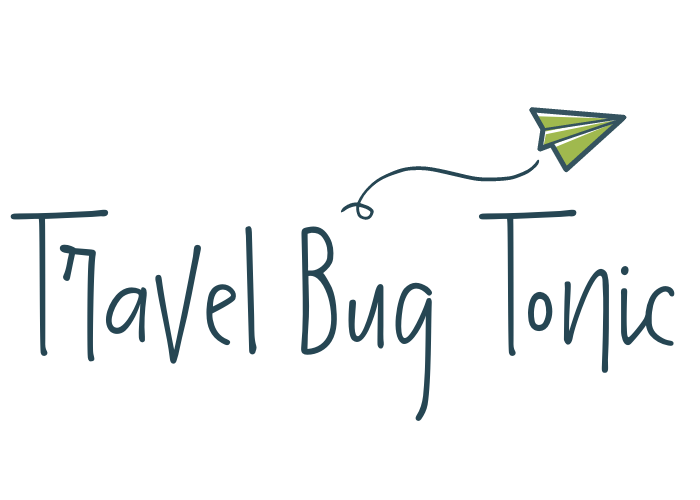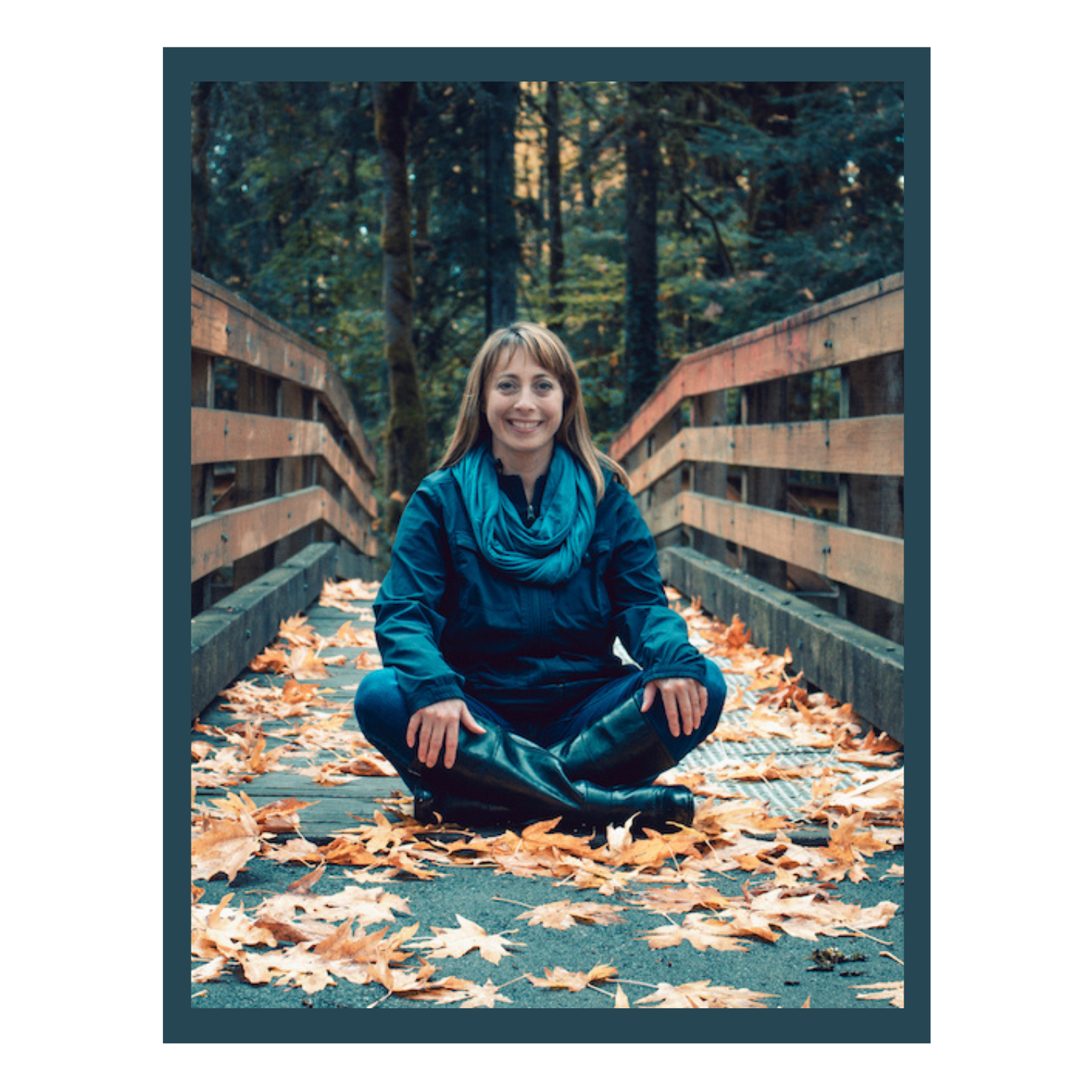The Slow Traveller: how to feel fully engaged
“Many people are alive but don’t touch the miracle of being alive.”
Being fully engaged in life means being fully present, focused, and aware. It means not missing out on amazingly extraordinary moments or beautifully ordinary moments. For slow travellers, it means experiencing more travel bliss.
It’s scary to think how many of us have had the experience of driving a car and then suddenly realizing we’ve been driving for a while and have completely blanked on the past few kilometers - yet we drove safely. This is an extreme yet common example of NOT being fully engaged. The truth is that not paying attention while driving sounds scary but this particular scenario is more likely to be a case of a high level of driving competence. Your brain and body switches into auto-pilot and nothing out of the ordinary happens, so you aren’t jolted back to attention.
This can (and does) happen in our everyday routines and it can happen during more precious moments of our lives. In the latter, it isn’t about being competent or too routine, it is, in fact, the opposite. Sometimes, when we are in situations that are very different from “normal”, an intense emotional reaction like fear or excitement can force our brains away from the moment. We either begin to dwell in the past or in the future. We are anywhere but fully engaged in the moment.
I remember a time when I had the fortune to be part of a small group gathered in a fairly intimate setting with his holiness the Dalai Lama when he visited Vancouver. In hindsight, I missed a great deal from this incredible opportunity because I was consumed with thinking about how this rare opportunity would not last and would soon be over. So while I was thinking about how much I didn’t want it to be over, I was not actually fully engaged in the moment and lost the depth and richness of the experience.
Be fully engaged
A feeling of bliss isn’t a guarantee on any trip, adventure or life experience. In studies of travellers, those who travel with intention and a heightened in-the-moment awareness can maintain a mindset of being fully engaged. There is evidence that this leads to greater experience and even life satisfaction.
The technical term is savouring - which, for me, conjures an image of taking a mouthful of the most delicious dish and having fireworks of pleasure dance on your tongue. Eyes close, a low moan escapes unbidden - you get the picture.
Practice savouring
A common lesson to learn how to savour is to eat a single raisin - with 100% focus. Yes, it sounds funny but try it! Beyond the food reference, savouring an experience and being fully engaged happens when your 5 senses are keyed in and you maintain laser-sharp attention.
Brain science holds the answer to why this happens and how we can be fully engaged in our lives more often. Here are my top 6 strategies:
Single tasking
Can you eat and work on the computer? Just because you can, doesn’t mean you should! In the 70’s and 80’s, as computers entered the scene, we were told that multitasking was a badge of honour. Along with the “more is better” philosophy, multi-taskers were viewed as more competent.
Our brains are not nearly as good at handling multiple tasks as we like to think they are. Research now suggests that doing two things at once can slow productivity by reducing understanding, attention, and overall performance. Your brain has to switch back and forth and simply can’t focus on both activities fully at the same time. Single task by picking the ONE activity that you value the most. Engage fully with it and be okay to get to the other activity later.
Using our digital devices while traveling or going on local adventures is an example of multitasking that can rip your attention away from the moment. As someone who loves tech, I’m certainly not advocating for ditching it all, but I try balancing techniques such as:
researching a place before I get there,
practicing intentional photography and not living through the viewfinder,
noticing when a moment is a “moment” and not a “kodak moment”, and
being ok with social media check-ins and updates later.
2. Wondering can bring wonder
Leading with curiosity changes how we see and interact with the world, whereas preformed assumptions are a killjoy and travel bliss exterminator. Curiosity boosts achievement, expands empathy and strengthens our relationships. How? Being curious and ready to explore tells our brain to give us a lovely dose of dopamine, the feel good brain chemical. As a result, we benefit from intense, lasting fulfillment when we seek new knowledge, experiences, and uncertainty.
Our brains also release dopamine when we encounter new things. If you have novelty as a strong travel motive you are in line for a double dopamine hit - one from curiosity and one from trying something new!
Not sure about your top travel motive? Click the link to figure out yours!
3. Mindfulness is being fully engaged
Mindfulness is a skill that protects us from mental wandering. And like most skills, it doesn’t happen automatically like breathing. Mindfulness needs practice to get better at it, like painting or fly fishing. Mindfulness practices are opportunities to become intensely aware of what you're sensing and feeling in the moment, without interpretation or judgment. (Linehan, 2015) It is a type of meditation and involves breathing and visualizations to relax the body and still the mind. During the practice, you become fully engaged with what is going on internally and externally.
Neuroscientist Amishi Jha writes that a short mindfulness practice of only 12 minutes a day for 3-5 days a week will result in measurable improvements in attention. I was convinced by the science (not all that long ago) and began my own journey with the Smiling Minds and Headspace apps!
4. Outsmart hedonic adaptation
Hedonic adaptation is a smart sounding academic term to throw around at parties! It refers to the way our brain gets used to things - even amazing things. Being exposed to something over time results in a drop in happiness, pleasure and awe. Using a travel example, European travelers often remark that the first few castles or cathedrals they saw on a trip held much more wow than their 30th one. It’s sad to think that hedonic adaptation naturally turns the extraordinary to ordinary.
In her book Happy Traveler, Jaime Kurtz shares a study of a group of people who were asked to taste and rate Belgian chocolates. Half the group were instructed to refrain from eating chocolate for a week before a taste test. The group who had been deprived of chocolate for a week, rated the test chocolate significantly tastier than people who were not asked to refrain from eating chocolate. This simplified description of the study highlights that the human brain adapts and lowers positive feelings towards things that are consistent or often repeated (chocolate, castles, views, ect). We need to remind our own brains not to get used to things that bring us joy and travel bliss.
“When good things happen, we bake them very quickly into our baseline expectations.”
Dan Harris
Castles and chocolate!! It seems crazy that even they can become routine or ordinary but hedonic adaptation is a powerful thing that works against feelings of wonder and awe. We can counteract it’s evil powers with:
a variety of activities,
new-to-you experiences, and
being fully engaged!
5. Slow living / slow travel
Slow travel is a philosophy in the travel industry. Having an anti-bucket list mentality seeks to avoid shallow interactions with a place or people and promotes quality over quantity of experiences. It is not just about speed. The slow traveller mindset makes deeper connections to people, cultures and the environment.
Immersion is one technique to try for both travel or home-based adventures. Immersion allows you to fully engage with a place by embedding yourself in the culture of a destination rather than observing it from a distance. On my last trip to the UK, I was struck by the rhythm of tour groups and tour buses that shuttle people from sight to sight between 9-4 and then back to a hotel or cruise ship bubble. While not my travel preference, there is a comfort and security to this type of travel that resonates with my introverted side, and I want to challenge myself to step off the sidelines and immerse myself in the experience. I intend to seek out and practice immersive experiences in future travel itineraries, including exploring home exchange options, teaching conversational English, and volunteering.
Being a slow traveller (at home or away) could look like what Daniel and Audrey from Uncornered Market call productive wandering. Free yourself from having a destination or expectation to arrive anywhere and give yourself permission to go light on any itinerary and be present with curiosity and an openness to whatever might happen. You might just stumble on a local event or opportunity that you could never have planned for.
6. Own the moment
Step back from people-pleasing. A friend admitted to me that she had spent so much time thinking about what her travel partner was feeling that she didn’t pay close enough attention to her own experience. Being attuned to and concerned for others needs is a great quality in a travel partner, but it can also work against your own engagement and potentially lessen the travel experience.
One suggestion to own the moment is to craft yourself a powerful and personal “in the moment affirmation” so that you can kindly and positively remind yourself about your choices. Here are a few examples:
“All that matters is how I spend this moment.”
“Each moment of my life is magical.”
“Tell me, what is it you plan to do with your one wild and precious life?” (From Mary Oliver’s poem A Summer Day)
Which of these practices do you already do to fully engage in your travels?
Single tasking
Wondering can bring wonder
Mindfulness is being fully engaged
Outsmarting hedonic adaptation
Slow living/ slow travel
Own the moment
How about at home? Can you find ways to apply these strategies to be more fully engaged in your home-based and everyday adventures?





